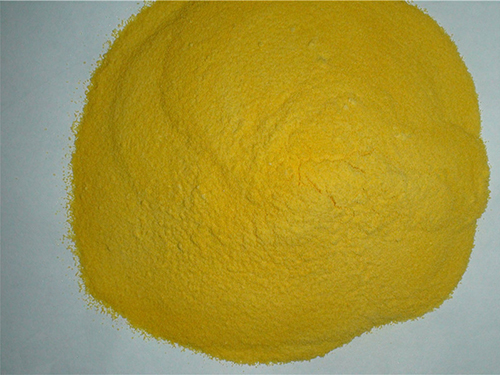pam flocculant
Understanding PAM Flocculant A Key to Enhanced Water Treatment
In recent years, the demand for effective water treatment solutions has surged due to increasing industrial activities and environmental concerns. One of the most promising additives in this domain is Polyacrylamide (PAM) flocculant, a polymer that has gained significant traction across various industries for its exceptional flocculation properties. This article aims to delve into the characteristics, applications, and advantages of PAM flocculant, illustrating its importance in modern water treatment processes.
What is PAM Flocculant?
Polyacrylamide is a synthetic polymer derived from acrylamide monomers. When used as a flocculant, PAM propels the aggregation of suspended particles in liquids, thereby facilitating their removal. The polymer comes in various forms, including cationic, anionic, and nonionic, each catering to specific wastewater treatment needs. The choice of PAM type depends on the nature of the wastewater, the solids' charge, and the overall treatment objectives.
Mechanism of Action
The mechanism by which PAM flocculates suspended particles involves several processes. When added to water, PAM molecules interact with the particles, forming a bridge between them. This bridging action effectively neutralizes the repulsive forces between similarly charged particles, allowing them to cluster and settle more efficiently during sedimentation. This is particularly beneficial in processes such as clarification and sludge dewatering.
Applications of PAM Flocculant
PAM flocculants are utilized across various sectors
1. Municipal Wastewater Treatment Water treatment plants use PAM to remove suspended solids, organic matter, and pathogens from wastewater before it is released back into the environment or reused. The use of PAM significantly enhances the efficiency of sedimentation processes.
2. Mining Industry In mining operations, PAM flocculants help in the treatment of tailings by separating valuable minerals from waste. This not only improves resource recovery but also minimizes environmental impact.
3. Paper Manufacturing The paper industry employs PAM to improve the retention of fibers and fillers in the papermaking process, enhancing product quality while reducing water consumption.
pam flocculant

4. Agriculture PAM is increasingly used in agriculture to enhance soil structure and reduce erosion. It aids in water retention, improving irrigation efficiency and soil quality.
5. Oil and Gas Extraction In the oil and gas industry, PAM flocculants are invaluable in the treatment of drilling fluids and wastewater, ensuring that solid wastes are effectively removed.
Advantages of Using PAM Flocculant
The adoption of PAM flocculants offers numerous benefits
1. High Efficiency PAM flocculants can effectively reduce turbidity and enhance the settling rate of solids, making wastewater treatment processes faster and more effective.
2. Environmentally Friendly PAM is biodegradable and non-toxic, making it a sustainable choice for industries aiming to reduce their ecological footprint.
3. Cost-Effectiveness By improving the efficiency of solids removal processes, PAM flocculants help reduce operational costs associated with energy and chemical usage in water treatment plants.
4. Versatility With different types of PAM available, industries can choose the appropriate formulation that aligns with their specific treatment requirements.
5. Improved Product Quality In sectors like paper manufacturing, PAM enhances the quality of the final product, ensuring a competitive edge in the market.
Conclusion
PAM flocculant plays a crucial role in the realm of water treatment, offering solutions that are not only efficient and effective but also environmentally friendly. Its versatility across various industries—from municipal wastewater treatment to agriculture—demonstrates its broad applicability and importance in maintaining sustainable practices. As industries continue to prioritize eco-friendly methods and seek to comply with stringent environmental regulations, the significance of PAM flocculants is expected to rise even further, paving the way for more innovative applications in the future. Understanding and harnessing the power of PAM flocculants can lead to substantial improvements in water quality and environmental sustainability.
-
Understanding Polycarboxylic Acids: Properties, Applications, and Future PotentialNewsJul.28,2025
-
Scale Inhibitor Explained: How to Protect Your System from Limescale and Hard Water DamageNewsJul.28,2025
-
Scale and Corrosion Inhibitors: Essential Chemicals for Industrial Water System ProtectionNewsJul.28,2025
-
Polyaspartic Acid: A Biodegradable Polymer for Sustainable ChemistryNewsJul.28,2025
-
Isothiazolinones: A Versatile Antimicrobial Class with Industrial Power and Regulatory ChallengesNewsJul.28,2025
-
A Deep Dive into 2-Phosphonobutane-1,2,4-Tricarboxylic Acid (PBTC)NewsJul.28,2025





